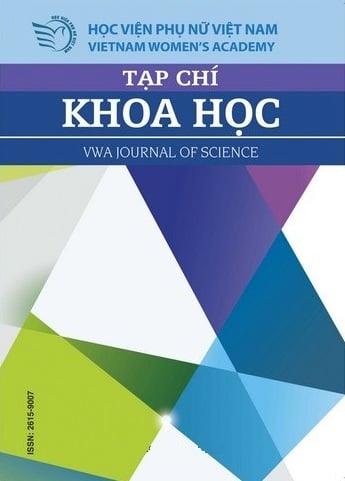[1] Chính phủ (2017). Quyết định số 320/QĐ-TTg “phê duyệt Đề án phát triển văn hóa đọc trong cộng đồng đến năm 2020, định hướng 2030” ngày 15/3/2017.
[2] Quốc Hội (2011). Luật lưu trữ số 01/2011/QH13 ngày 11/11/2011
[3] Bùi Thế Cường (2007). Các lí thuyết về hành động xã hội. Tạp chí Khoa học xã hội 2017
[4] Nguyễn Quang Ý (2010). Đại từ điển tiếng Việt. Hà Nội: Nxb Đại học Quốc gia Hồ Chí Minh.
[5] Nguyễn Thị Thanh Thủy & Vũ Thị Thu Hiền (2017). Thực trạng và giải pháp phát triển văn hóa đọc của sinh viên trường Đại học Công nghiệp Hà Nội. Tạp chí Khoa học công nghệ số 38, 2017
[6] Trương Huyền Anh (2017). Quản lí văn hóa đọc của sinh viên trường đại học Thể dục thể thao Bắc Ninh. Luận văn Thạc sĩ chuyên ngành Quản lí văn hóa trường Đại học Sư phạm Nghệ thuật trung ương
[7] Chou. (2011). Understanding on-screen reading behaviors in academic contexts: a case study of five graduate English-as-a-second-language students. Computer Assisted Language Learning, Vol.25, No.5.
[8] Diep Tu Khoi (2016). A survey into reading habits among vietnamese university. Retrieved October 28, 2017 from www.academica.edu.
[9] Irvin, J.L. (1998). Reading and middle school students: Strategies to enhance literacy. Needham heights, MA: Allyn Bacon
[10] Karim, N. S. A., & Hasan, A. (2007). Reading habits and attitude in the digital age: Analysis of gender and academic program differences in Malaysia. The Electronic Library, Vol.25, No.3.
[11] Krashen, S. (2004). The power of reading: insights from the research (2nd Ed.), NH, Heinemann. Portsmouth,
[12] Kim, J. Y., & Anderson, T. (2011). Reading across the curriculum: A framework for improving the reading abilities and habits of college students. Journal of College Literacy & Learning, No.37.
[13] Nur Ajmin Rosli, Nurul Fabhilah Razali, Zurin Umaira Ahmad Zamil. (2017). The determination of reading habits among students. Internation Jounal of Academic Research of Business and Social Sciences, Vol.7, No.12.
[14] Sappington, J., Kinsey, K., & Munsayac, K. (2002). Two studies of reading compliance among college students. Teaching of Psychology, Vol.29, No.4
[15] Wagner, S. (2002). The reading habits of teams. Journal of Reading Today, No. 46.
